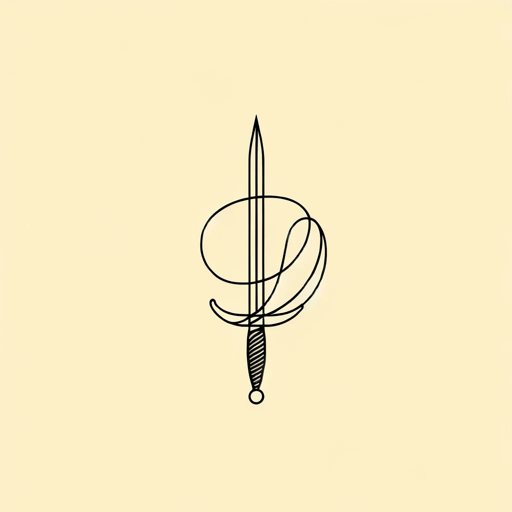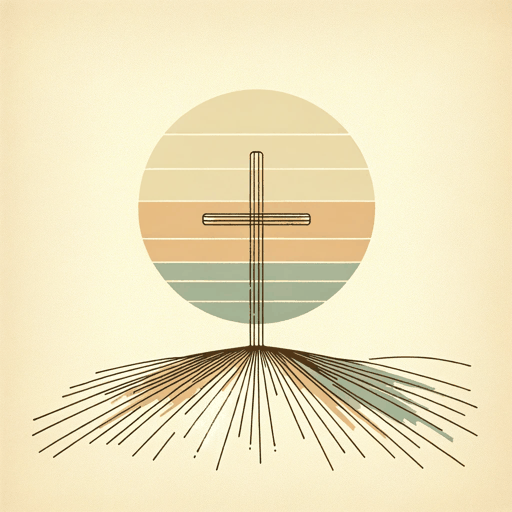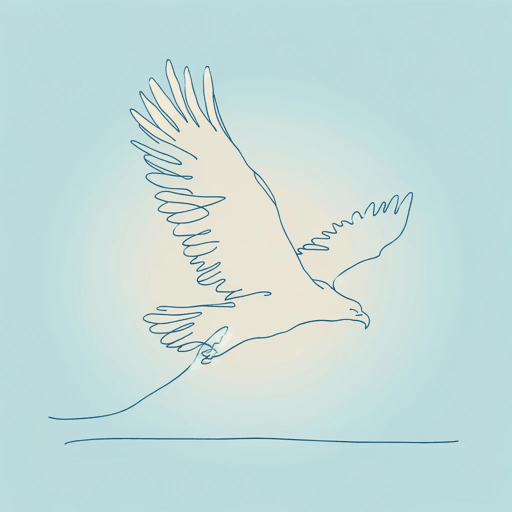22 pages • 44 minutes read
Alfred, Lord TennysonThe Charge of the Light Brigade
Fiction | Poem | Adult | Published in 1854A modern alternative to SparkNotes and CliffsNotes, SuperSummary offers high-quality Study Guides with detailed chapter summaries and analysis of major themes, characters, and more.
Symbols & Motifs
The Valley of Death
The light brigade follows a miscommunicated order and gallops into a valley where cannons surround them on the cliffs on three sides. The landscape becomes the “valley of Death” (Lines 3, 7, 16). The words serve as a description as a resting place for the dead men on the battlefield. However, this phrase also alludes to Psalm 23 of the Bible, which in the King James version, reads: “Yea, though I walk through the valley of the shadow of death, I will fear no evil: for thou art with me” (King James Version. The Book of Psalms 23:4). This would have reassured Victorian audiences, who were generally of Christian faith. They would have connected the phrase with the idea that the soldiers would have been comforted by their religious beliefs during the horrors of war, knowing that they were ultimately to “dwell in the house of the Lord forever” (The Book of Psalms 23:6). The speaker in the poem uses the phrase to convey this moment of reaching for faith and the human casualty of war.
The Mouth of Hell
In many cultures, hell is personified as a beast, and the journey through the mouth into the belly of the beast is often symbolically initiatory, a rite of passage from one state to another.
Related Titles
By Alfred, Lord Tennyson







